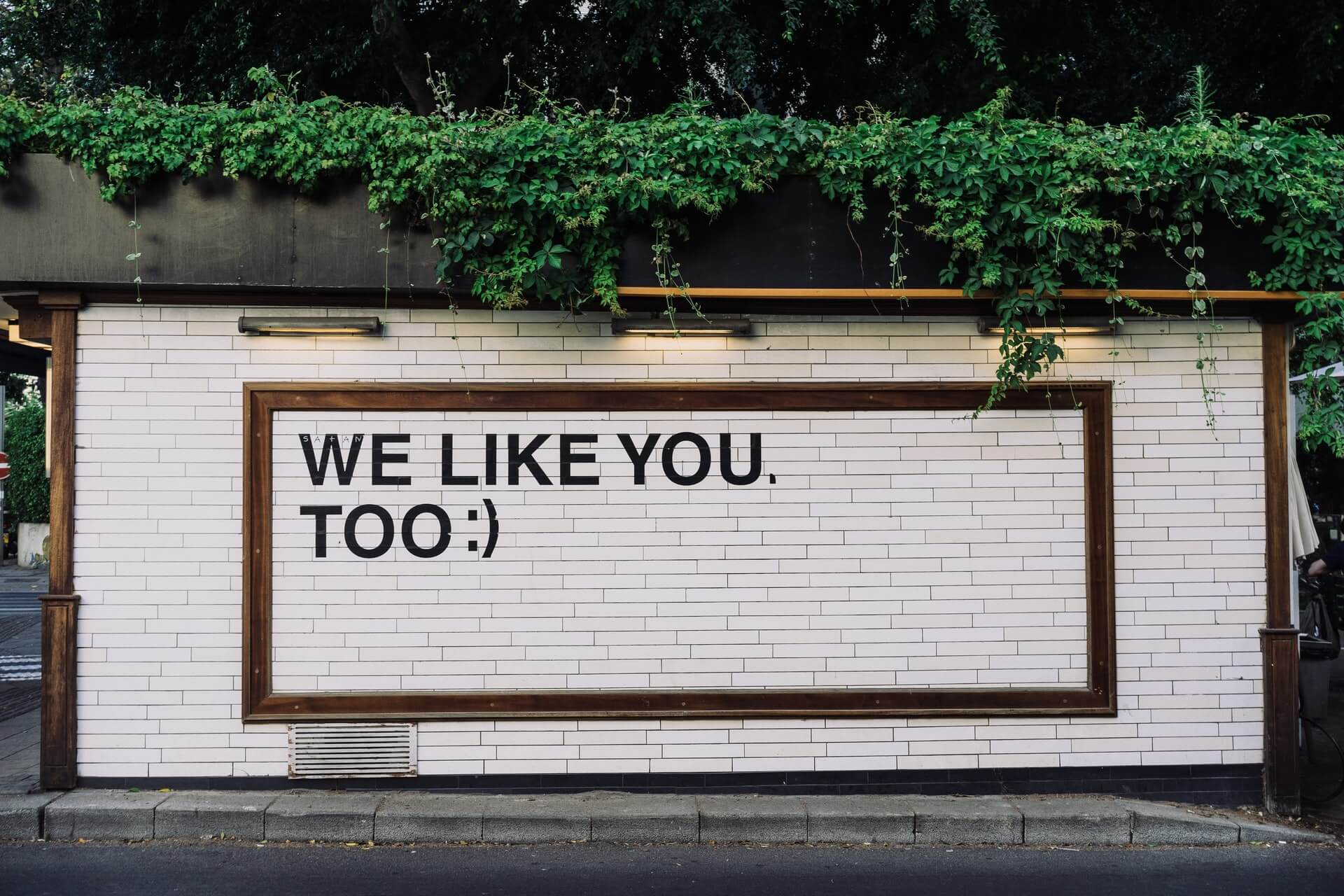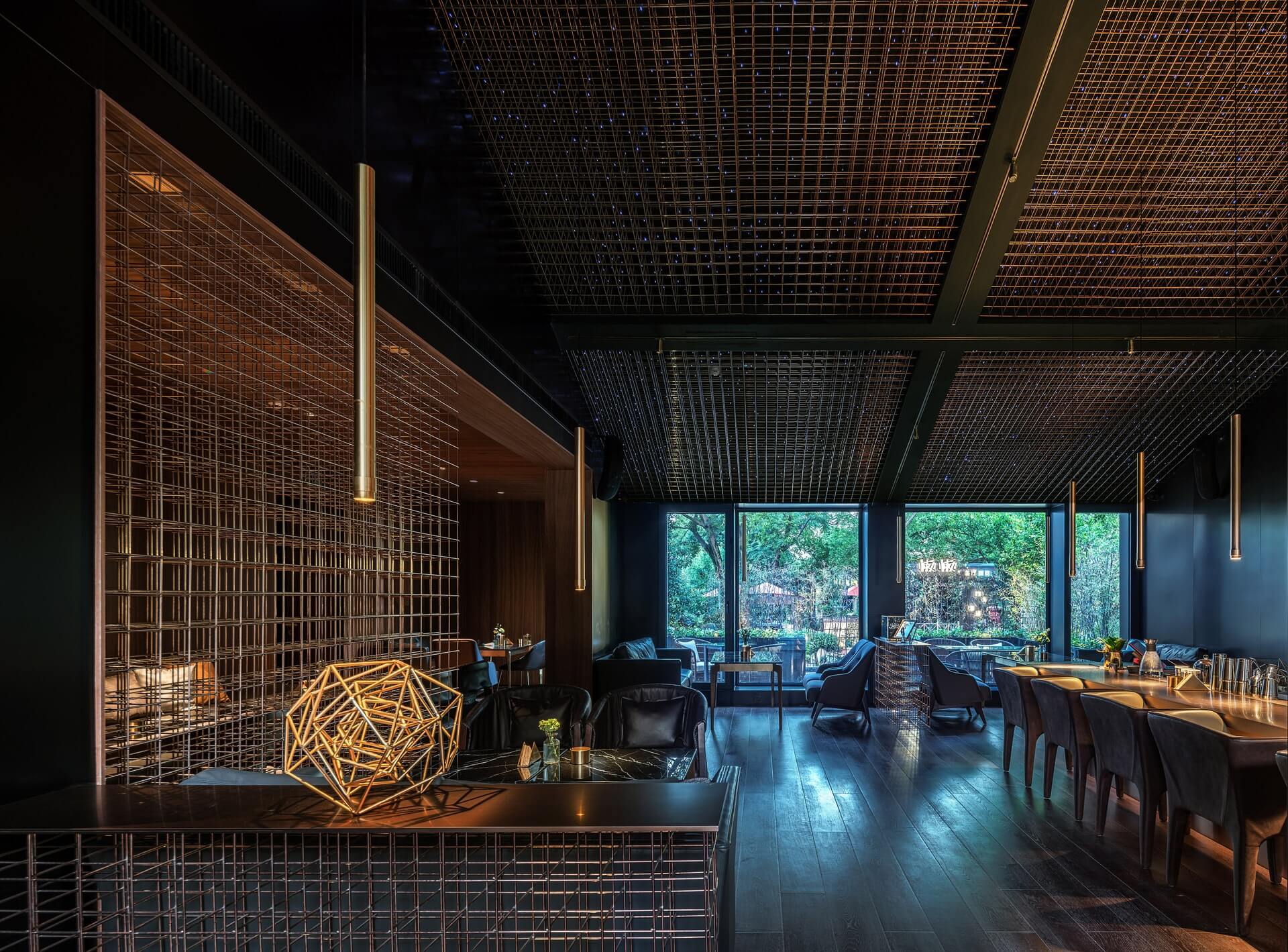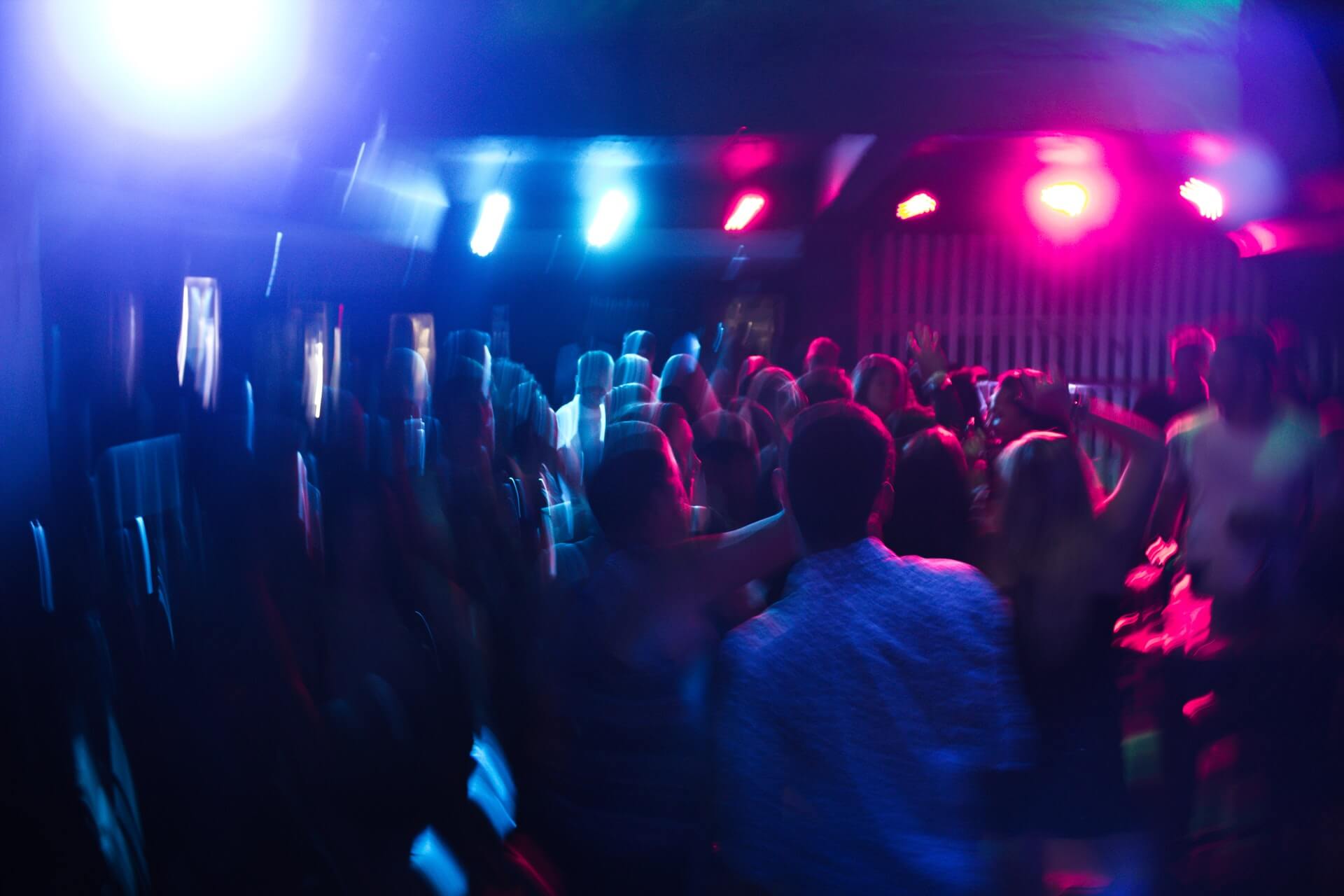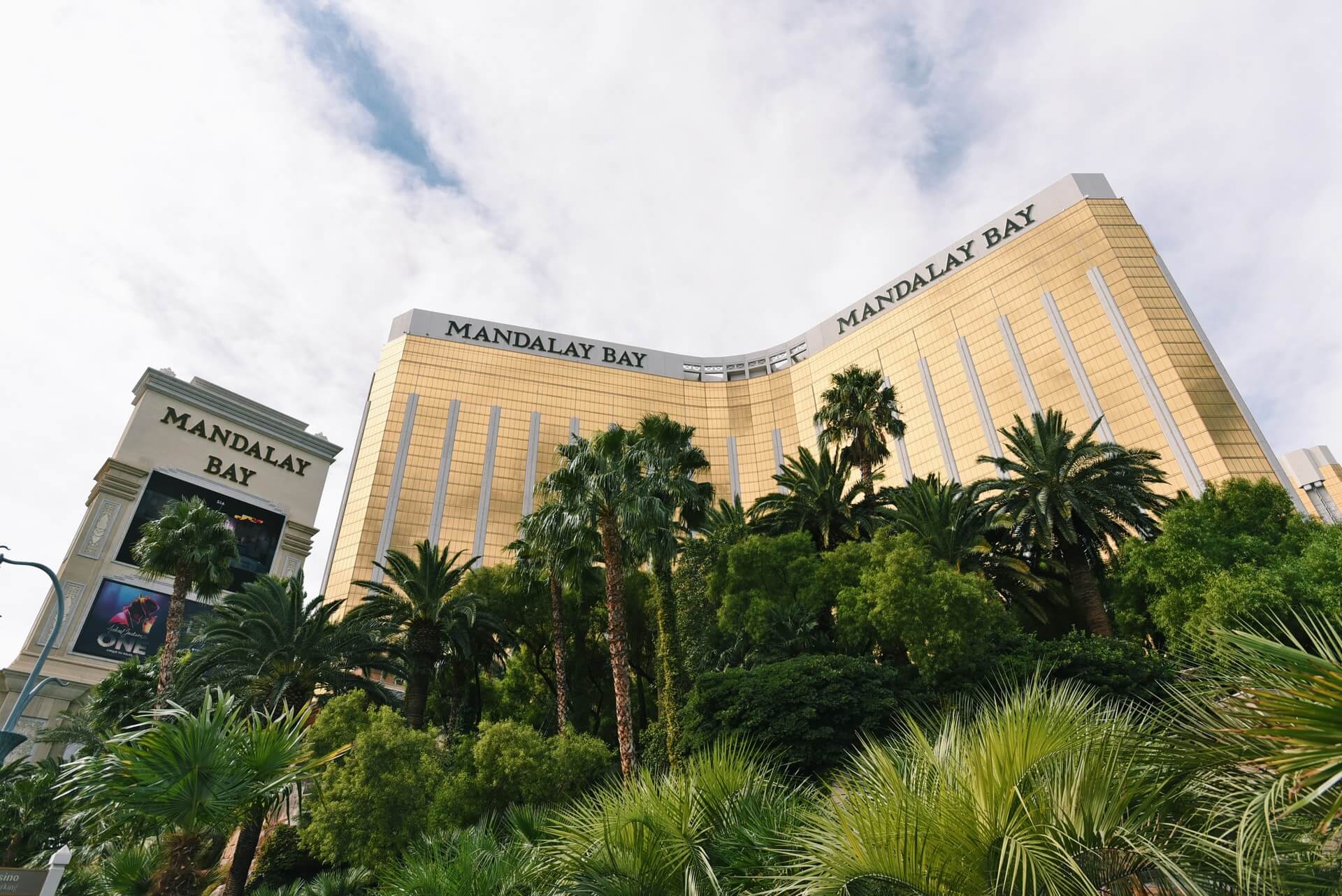Tips from Tipps on Building a Cool Concept
by David Klemt
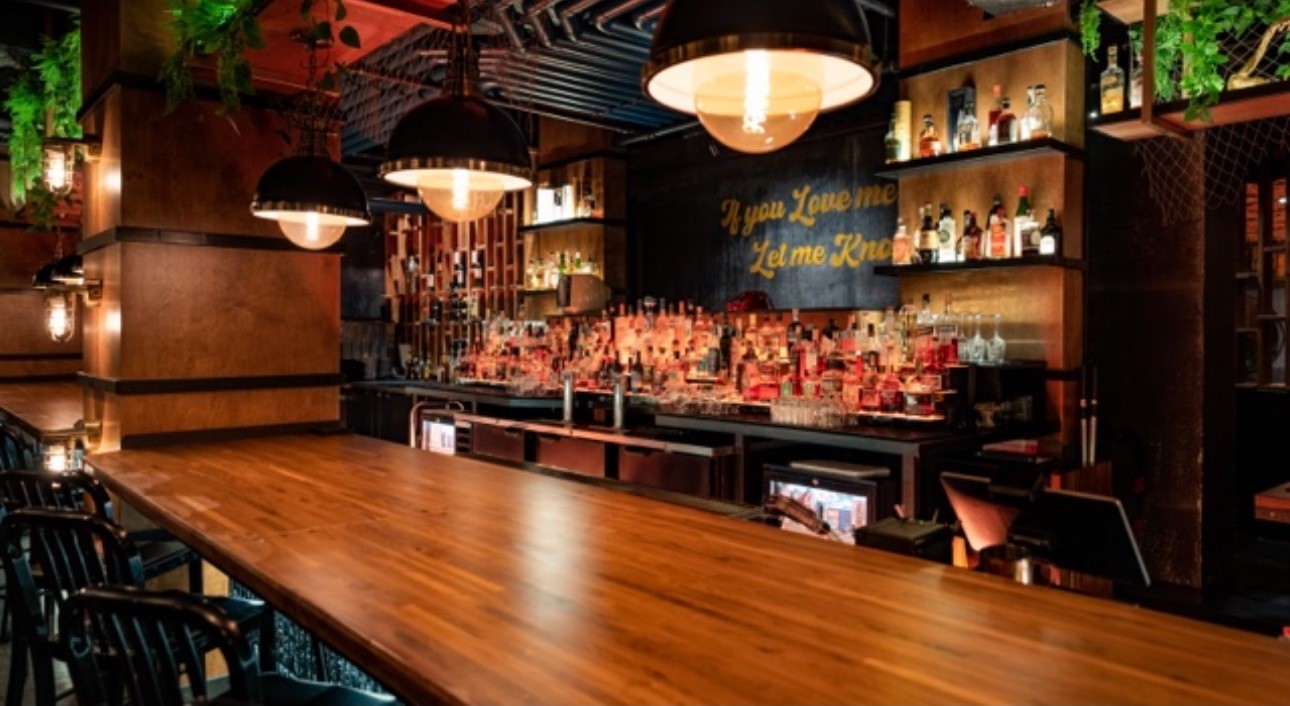
It’s true that “cool” is difficult to define, and yet as amorphous a concept as it can be, we can create a vibe that embodies this important design element.
Some people have an innate understanding of the cool factor. They can identify it, design for it, and reënvision it. However, even these people can’t always explain the concept of cool.
To repurpose a 1964 quote from Supreme Court Justice Potter Stewart, “I know it when I see it.” And to paraphrase that quote, many of us would say we know cool “when we experience it.”
Of course, I can say that the KRG Hospitality team knows cool and develops concepts around this nebulous design concept. But that wouldn’t be cool; if you call yourself cool, you’re not. It’s sort of like attempting to give yourself a nickname—it really doesn’t work. (When I was in the Air Force I witnessed what happened to a few brand-new F16 trainees who tried to give themselves their own call signs. The results? Yikes.)
So, I’m going to share some helpful thoughts on this topic from a friend of KRG. Invictus Hospitality co-founder Michael Tipps, who knows cool when he sees and feels it.
Importantly, he and his team can also design for it. During the 2023 Bar & Restaurant Expo in Las Vegas last month he shared his thoughts on this idea to a room full of operators and leadership team members.
To check out some of the cool concepts in the Invictus portfolio, click here. For the KRG portfolio gallery, follow this link.
So, You Wanna be Cool…
With very few exceptions, most people thinking about their dream restaurant, bar, nightclub, eatertainment concept, or hotel don’t want to embody the antithesis of cool. In fact, I’ll say that if someone does design an “uncool” concept purposely and does so successfully…it’s cool.
That said, here’s an important tip from Tipps on developing a cool concept: “If your bar or restaurant is epic, it will attract everyone.”
However, that doesn’t mean designing a place that attempts to make everyone happy. Instead, consider your target guests—groups of people you and your partners understand, ideally—and design for them.
Nailing your concept for your target guests will attract other groups. And before anyone says that sounds exclusionary, that’s not what Tipps or I are talking about. Listen to anyone from the KRG Hospitality and Invictus Hospitality teams speak and you’ll know making any guest feel unwelcome isn’t on the menu.
Instead, consider the longstanding maxim that you can’t please everyone. Hence, focusing on your target guests to pull the threads tighter during the concept development phase.
Another key consideration when trying to nail down the cool factor? Differentiation.
“If everyone is used to westerns, somebody wants an action movie,” says Tipps. In other words, in a market saturated by one or two types of concepts, there are people dying for something different.
So, develop your dream concept with the idea of delivering something different in mind.
Stay True
This isn’t exactly a hot take but at the end of the day, all restaurants serve food. All bars serve drinks. All hotels provide rooms.
In other words, people can go anywhere for at least decent food and drink, and a place to sleep. The differentiators that separate one concept from another are atmosphere, service, and culture. Those three elements (along with some others) define a particular brand.
When your dream concept is on paper and you’re ready to make it a brick-and-mortar reality, you must stay true to it. Using the KRG process as an example, our feasibility studies, concept development plans, and business plans combine to form our Roadmap to Success. This is a document hundreds of pages long that’s unique to every client and concept we develop.
Once that deliverable is in your hand, it’s crucial to stay true. Or, as Tipps said at BRE in March, “You have to remain steadfast and focused on your concept.”
Designing a cool concept can take you into deep, uncharted waters in your chosen market. The voice telling you that you need to rein things in can be a loud, nagging one. Learn to quiet that panicking voice.
It can be daunting to design something you think is cool. You may find yourself asking if anyone would even want this “cool” concept.
Well, an unfiltered Tipps suggests you consider your answer to the following question: “How do people know what they want if they haven’t fucking seen it?”
You can build the next Applebee’s, Chili’s or Fridays. Or you can build something unique that will set a new standard in a market. And that’s not a knock against those chain restaurants—they’re successful on a global scale. But if you don’t want to operate an Applebee’s, don’t design yourself one.
A Word on Rebranding
Owing to the pandemic, rebrands are, as Tipps says, ubiquitous. This makes sense as people’s perspectives are different now. Operators want to finally own their dream concept. Hospitality pros want to work for brands that share their values, and that they deem cool. Guests want to spend their time and money on brands with which they identify (and also deem cool).
“If somebody wants to rebrand, they probably should,” says Tipps.
According to Tipps, however, “a lot of people confuse a rebrand with a refresh.”
While new tables, chairs, and paint can feel like a huge change, that’s not a rebrand. While many guests appreciate a refresh, their relationship with the brand won’t change much.
So, if an operator doesn’t plan and execute a full rebrand carefully, Tipps says they need to temper their expectations for a measurable ROI.
Now, if you have ideas for a cool rebrand, planning is crucial. But that doesn’t just relate to knowing what you want. You need to have your new name, logo, colors, menus, and exterior and interior designs finalized, of course.
However, you need to plan for how long the rebrand will take. As an example, when Invictus last rebranded their own concept they planned for two months to prepare to shut down for a full week.
Your cool new concept and its cool new details? They cost money and, as importantly, they take time. Which, as we all know in this business, costs even more money when you’re shut down.
Now’s the time to move forward with your cool new concept. Don’t hesitate to take your first step toward owning the cool brand you’ve always really wanted. While you’re dreaming about your concept, someone else in your market is making theirs a reality.
Image courtesy of Invictus Hospitality




